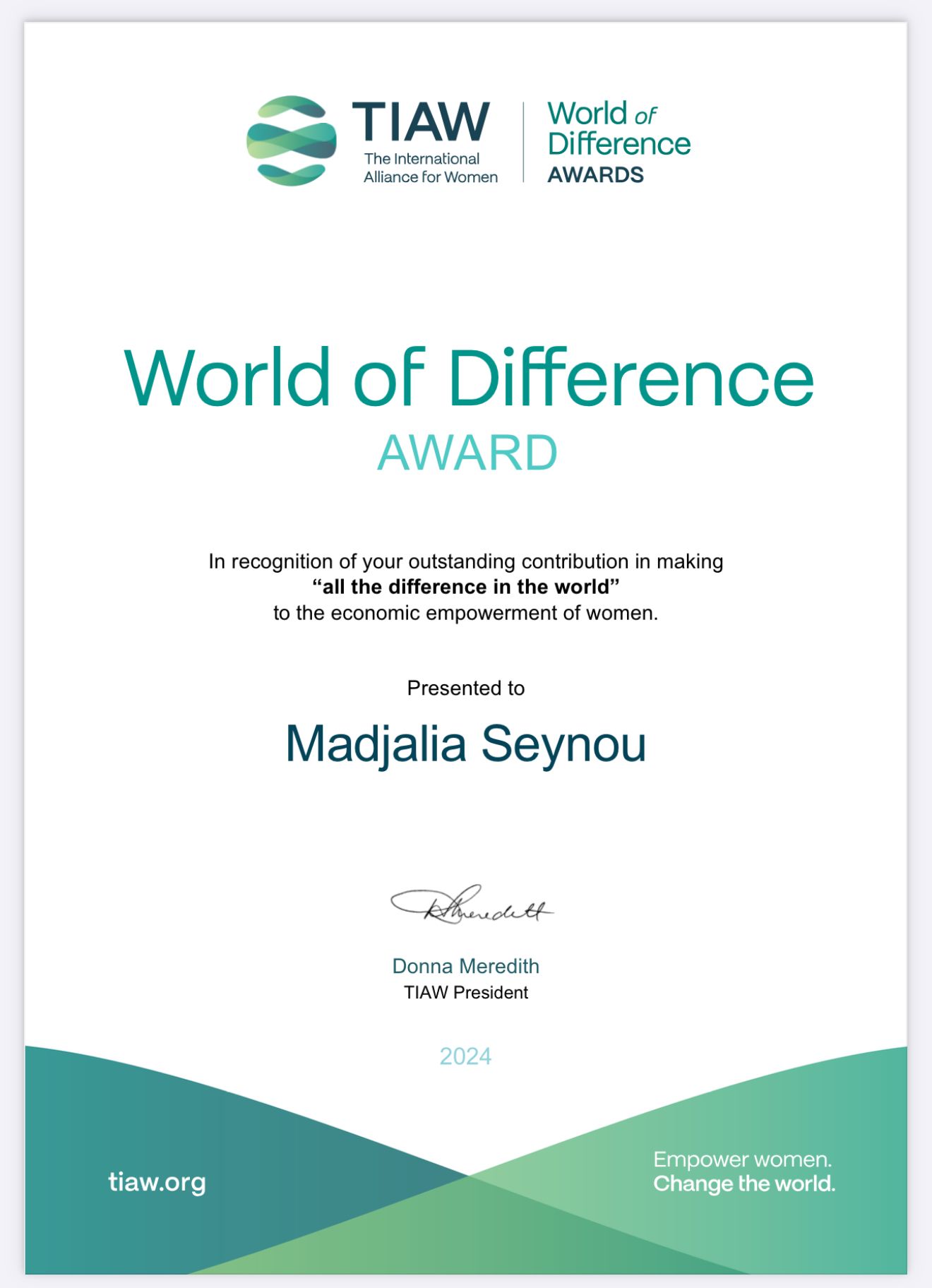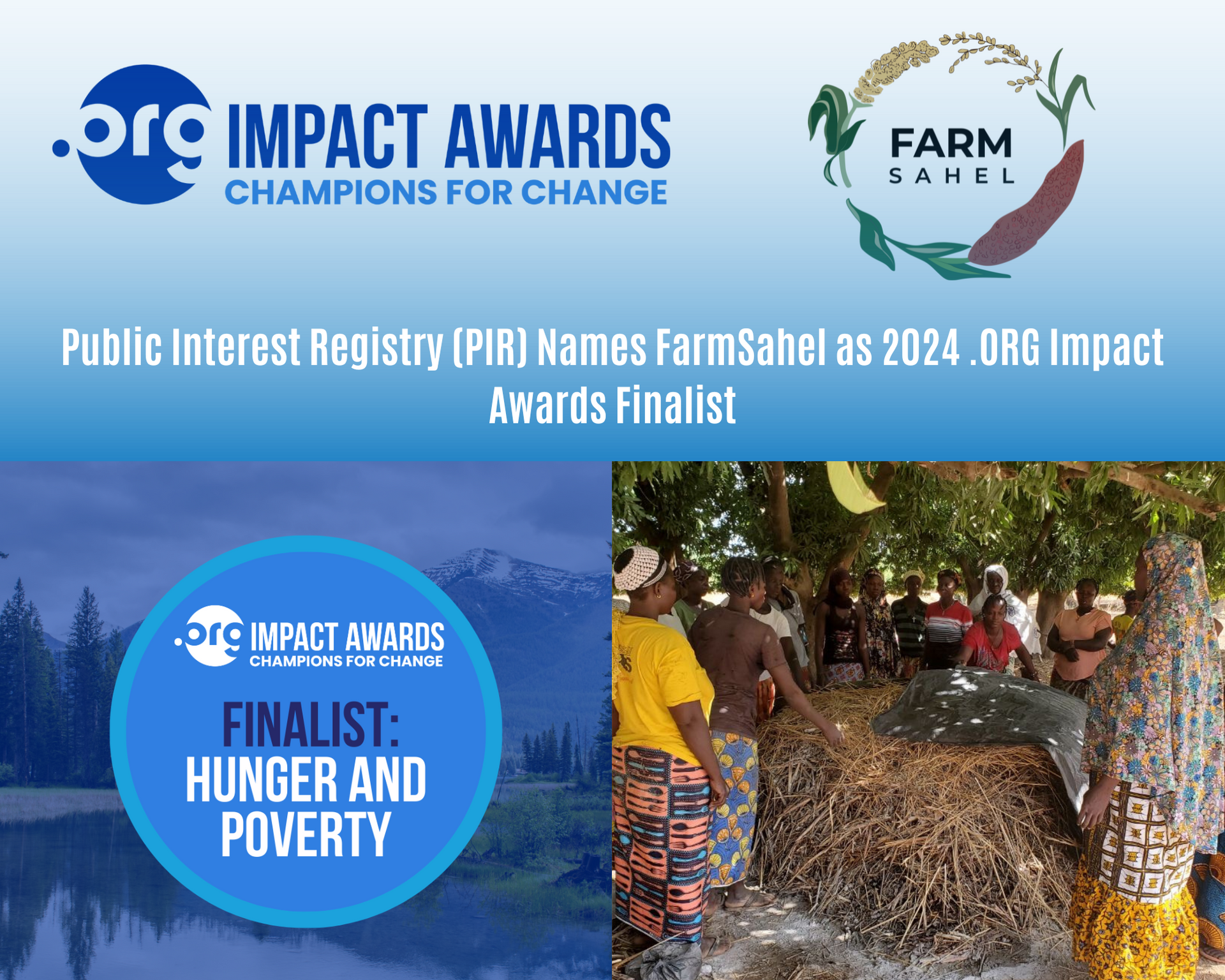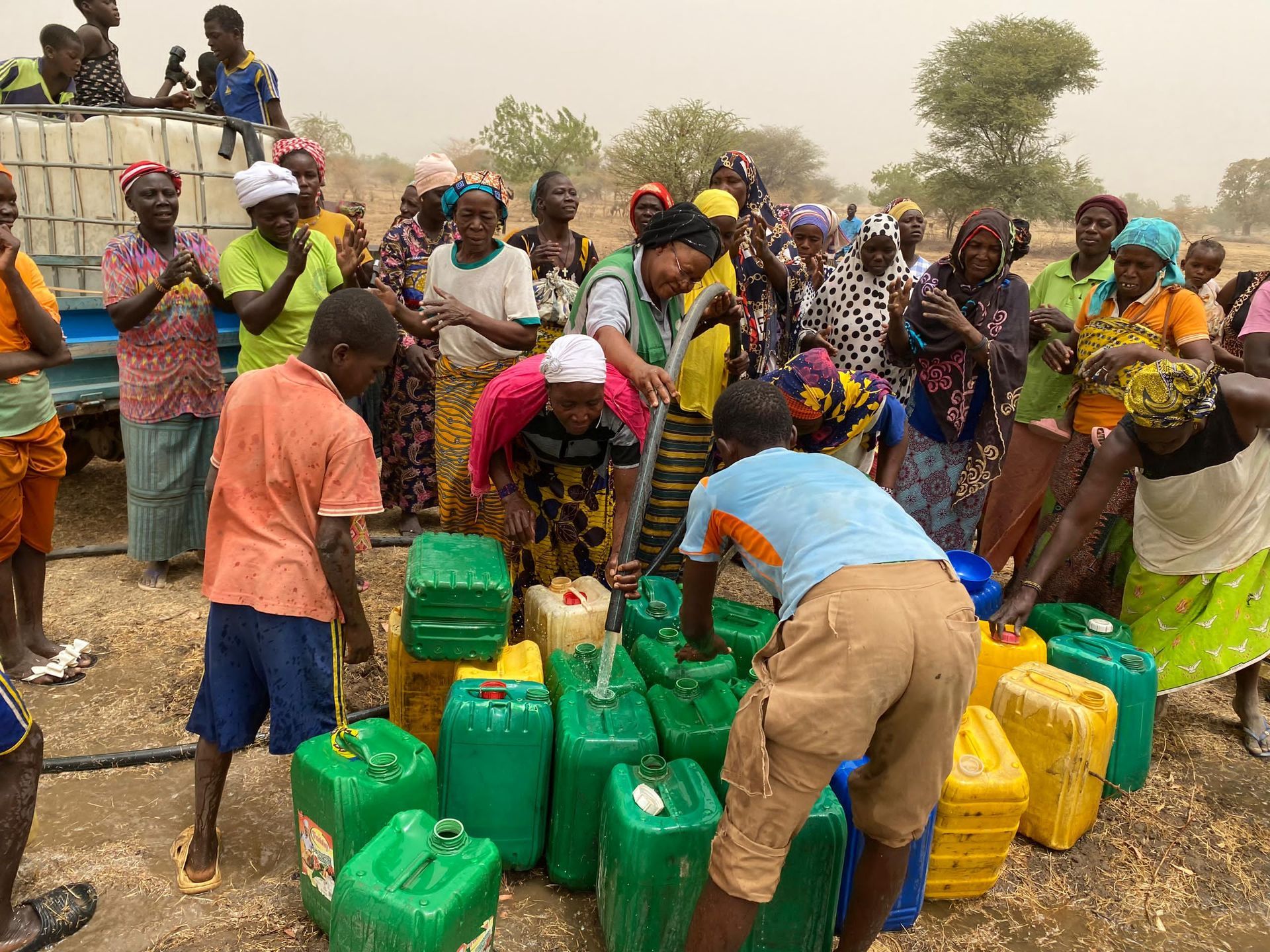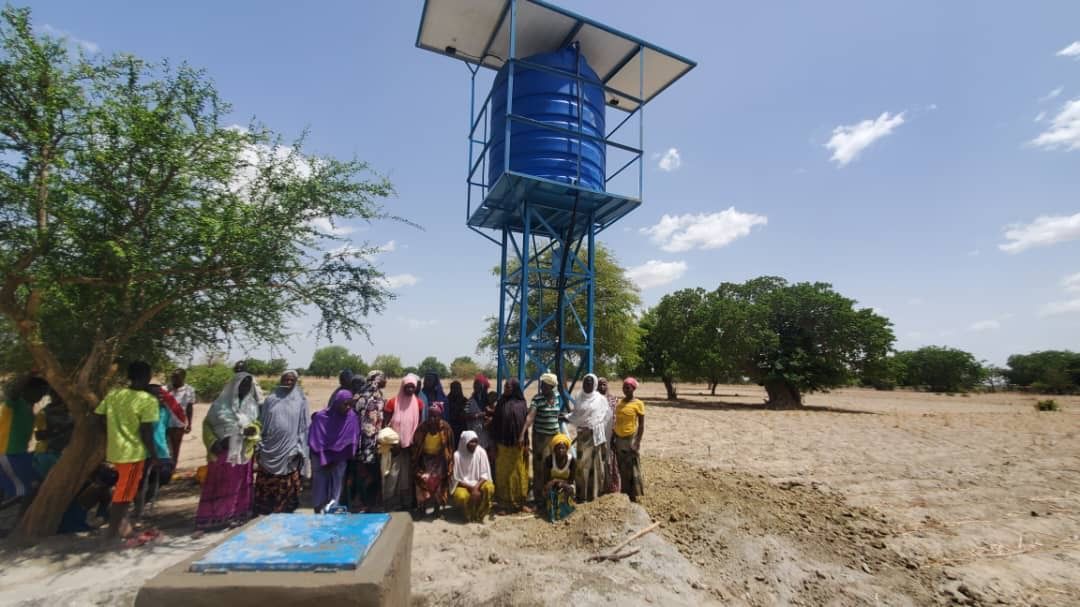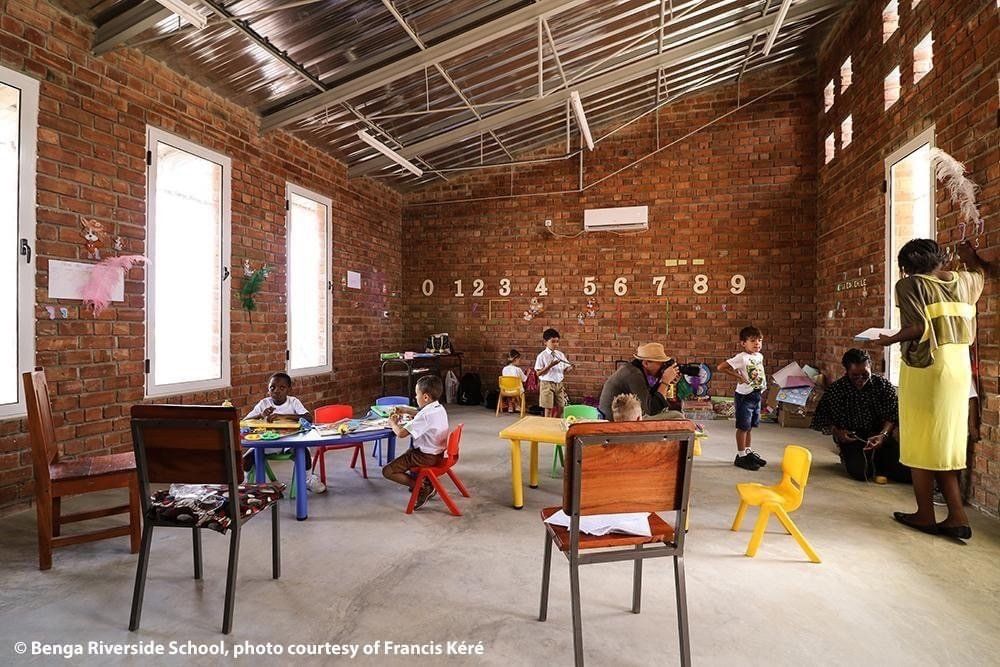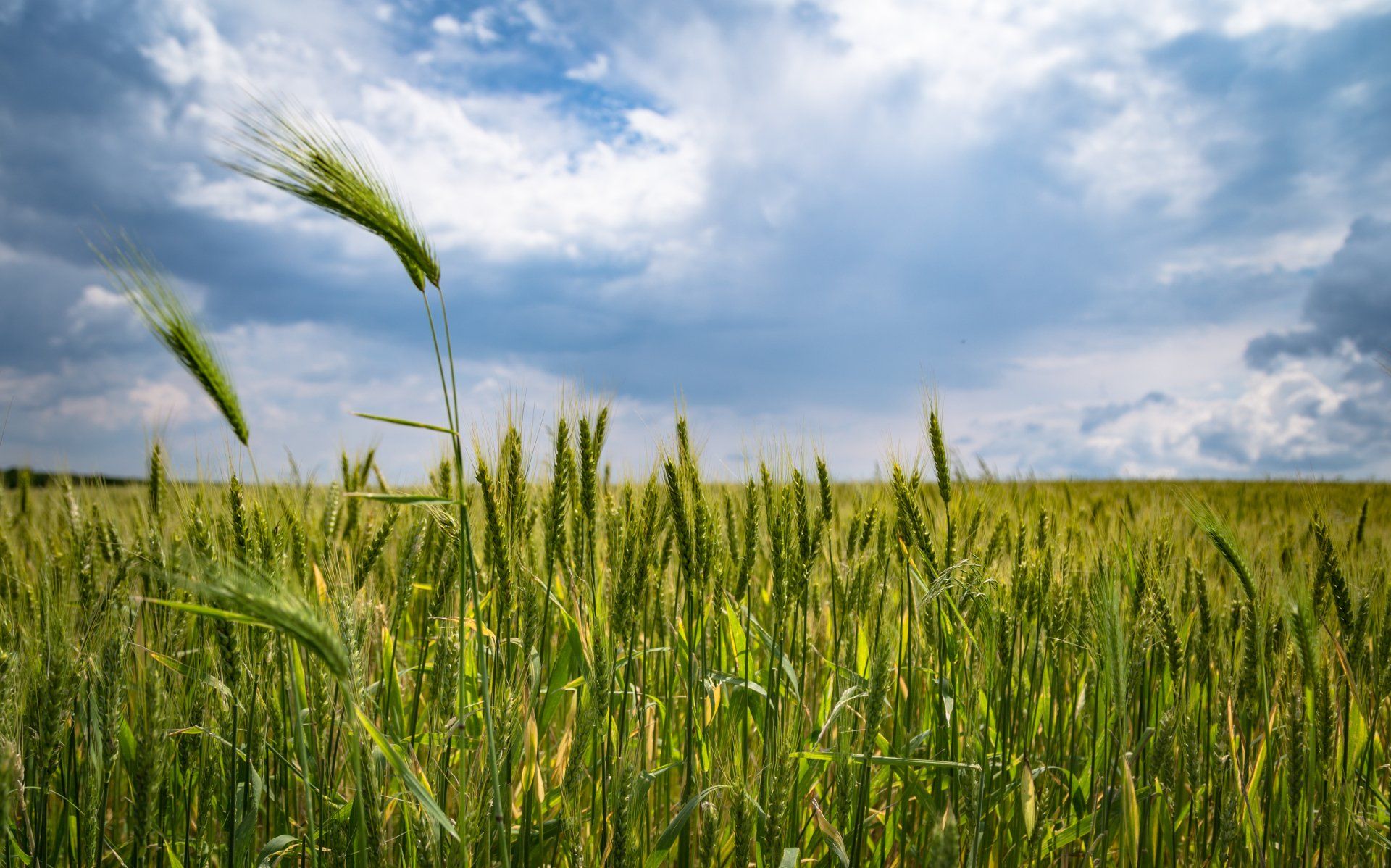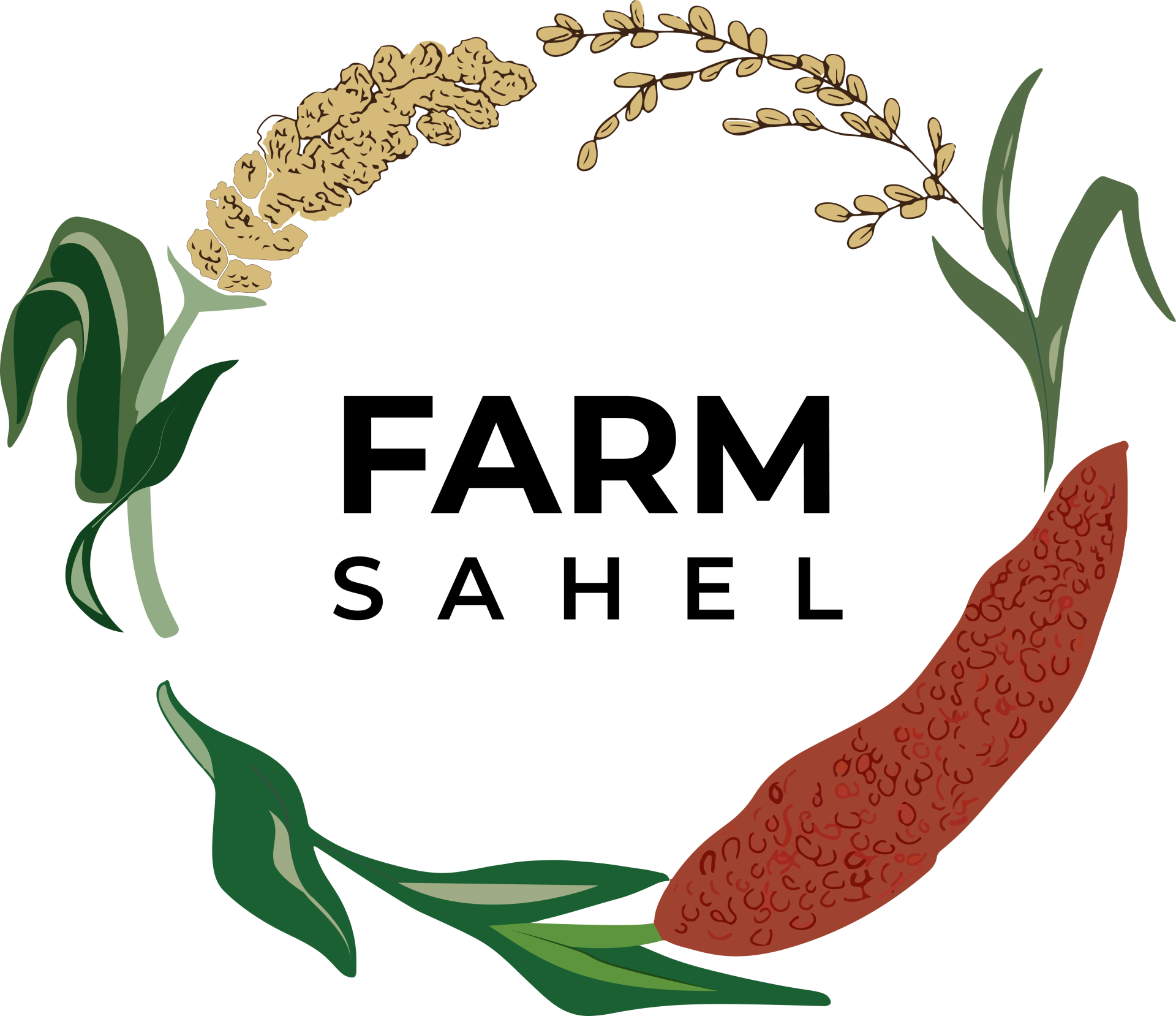The Importance of Irrigation
Following up our article last week on the importance of mechanization in farming, this week’s post will be tackling the topic of irrigation, and its importance in farming. A goal of FarmSahel is to improve irrigation for farmers throughout the Sahel region, allowing them to increase their agricultural productivity.
Irrigation is the “artificial process of applying controlled amounts of water to land to assist in production of crops.” Irrigation as an agricultural tool dates back thousands of years, with the earliest instances of irrigation being seen in 6000 BC in Egypt and Mesopotamia. Ancient Egyptians realized that they could divert water from the roaring Nile river to water the crops in the dry season, learning to build dams and canals up to 20 kilometers in size. A similar process took place in Mesopotamia, where early people used similar systems of irrigation to prevent flooding in the rainy season and keep crops watered during the dry season. As agriculture progressed, so did irrigation technology. Currently, much of the world’s irrigated land is irrigated using modern techniques, such as localized irrigation and sub-irrigation, however, traditional irrigation techniques are still often used. In 2012, a staggering 801 million acres of land throughout the world was equipped with irrigation technology.
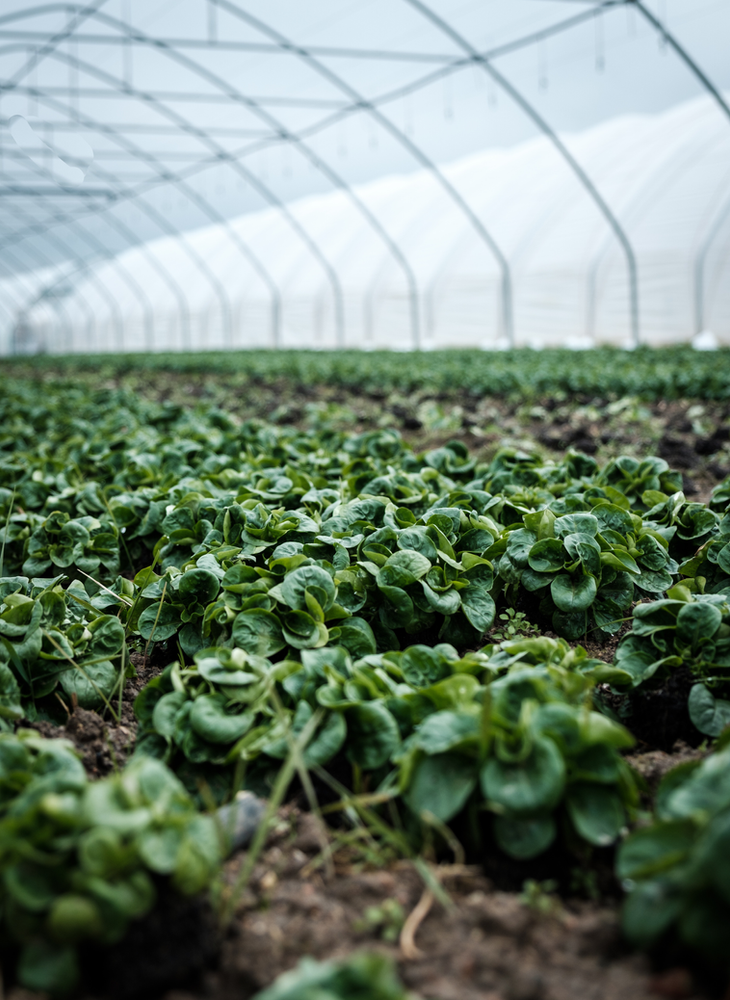
Irrigation is also seen as a way to increase the output of farms. A study by the World Bank found that while irrigated land only makes up 20% of farm land world-wide, it produces 40 percent of the total food produced worldwide. The same study also found that irrigated land was on average twice as productive as unirrigated land that is only sourced by natural water. This increase in productivity is due to the many benefits of proper irrigation. For example, land that is properly irrigated is able to have multiple crops per year, increasing their output. This practice can be seen in India, where well-irrigated land can produce two to three separate harvests per year. Proper irrigation also protects farm land from traditional problems such as drought, as the crops have access to proper water sources. Overall, irrigation not only increases land productivity, it can secure uninterrupted agriculture.
In addition to increasing crop yields, irrigation is directly linked to economic growth and poverty reduction in developing areas. A World Bank study reflecting on 10 years of Water Management in Agriculture found that there was a strong correlation between the impacts of irrigation on crop productivity and poverty alleviation. The study also looked at the impact of irrigation on wages, finding that wages increased as irrigation increased. The increase came not just from the higher paying jobs produced by implementing irrigation technology, but by the higher profits made once that technology was implemented. It was found that irrigation was one of the development methods that had the highest impact on reducing poverty in poor areas. Moreover, the study cited irrigation as one of the reasons why many South Asian countries, such as Vietnam, were able to have such unprecedented economic growth over the past few decades.
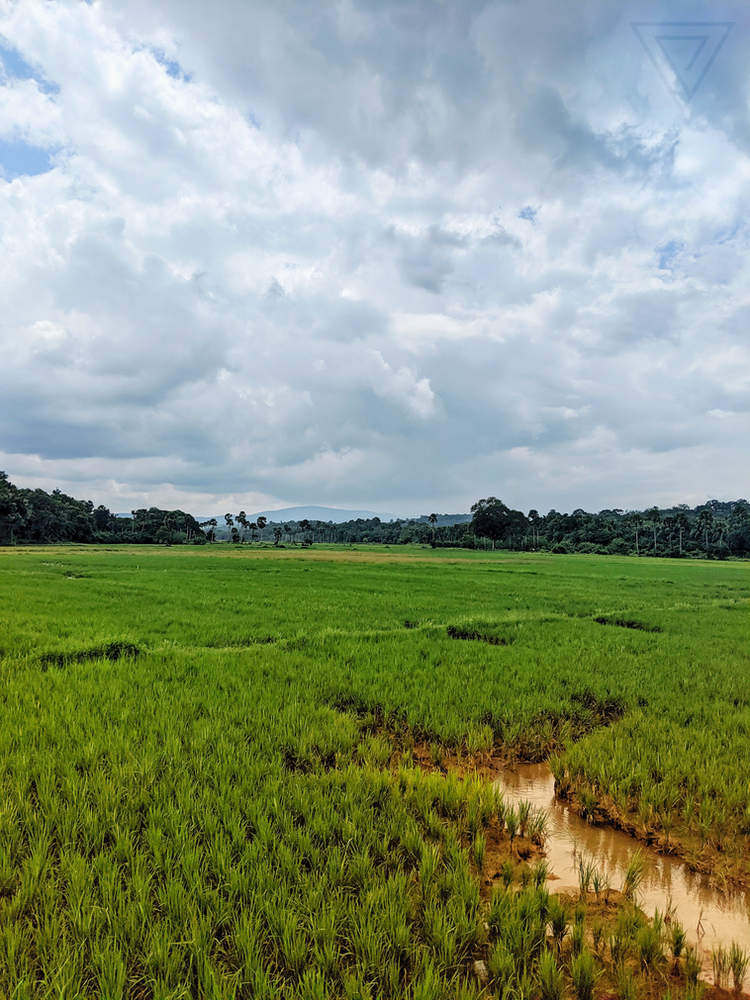
However, Sub-Saharan Africa suffers from an acute lack of irrigation. Only around 6% of land in Africa is equipped with irrigation, compared to 18% on average for the rest of the world. The lack is even more acute in many of the areas that FarmSahel directly serves, with only around 1% of the land in Burkina Faso being irrigated. East Africa, as a whole, is under irrigated, with only 2.6% of land being equipped for irrigation. Much of this lack of proper irrigation goes hand and hand with the difficulty of irrigation as a development mechanism. Much of the irrigation work is carried out by governing bodies, since irrigation projects tend to be large, long and costly. Additionally, the water used for irrigation tends to be under the control of a country’s government, meaning that countries with weak or ineffective governments can struggle with irrigation projects. Finally, many governments and international development organizations fail to properly invest in irrigation as a poverty alleviation method, viewing it as too costly and time consuming.
The proper irrigation of farms needs to be of a higher concern when looking at development in sub-Saharan Africa. It is proven to increase crop yields, wages and alleviate poverty. That is precisely why implementing irrigation systems is a large focus of FarmSahel, and our efforts to empower farmers throughout this region.
-Water in agriculture. (n.d.). Retrieved March 03, 2021, from https://www.worldbank.org/en/topic/water-in-agriculture
-Easy Irrigation. (n.d.). A History of Agricultural Irrigation. Retrieved March 03, 2021, from https://www.easy-irrigation.co.uk/a-history-of-agricultural-page-29?zenid=lfj63vbtnosl7h00mb9jsm43d1#:~:text=The%20earliest%20known%20systems%20of%20irrigation%20began%20in,otherwise%20they%20would%20be%20unable%20to%20do%20so.
-Importance of Irrigation. (n.d.). Retrieved March 03, 2021, from https://civiltoday.com/water-resource-engineering/irrigation/63-importance-of-irrigation-system#:~:text=%20Importance%20of%20Irrigation%20%201%20Agriculture%20is,of%20seeds.%20With%20the%20help%20of...%20More%20
-Irrigation. (2021, February 08). Retrieved March 03, 2021, from https://en.wikipedia.org/wiki/Irrigation
-You, L., Ringler, C., Nelson, G., Wood-Sichra, U., Robertson, R., Wood, S., . . . Sun, Y. (n.d.). What Is the Irrigation Potential for Africa? International Food Policy Research Institute.
-T. (n.d.). Water Management in Agriculture - Ten Years of World Bank Assistance, 1994–2004 Ten Years of World Bank Assistance, 1994–2004. The International Bank for Reconstruction and Development / The World Bank. doi:10.1596/978-0-8213-6904-3
